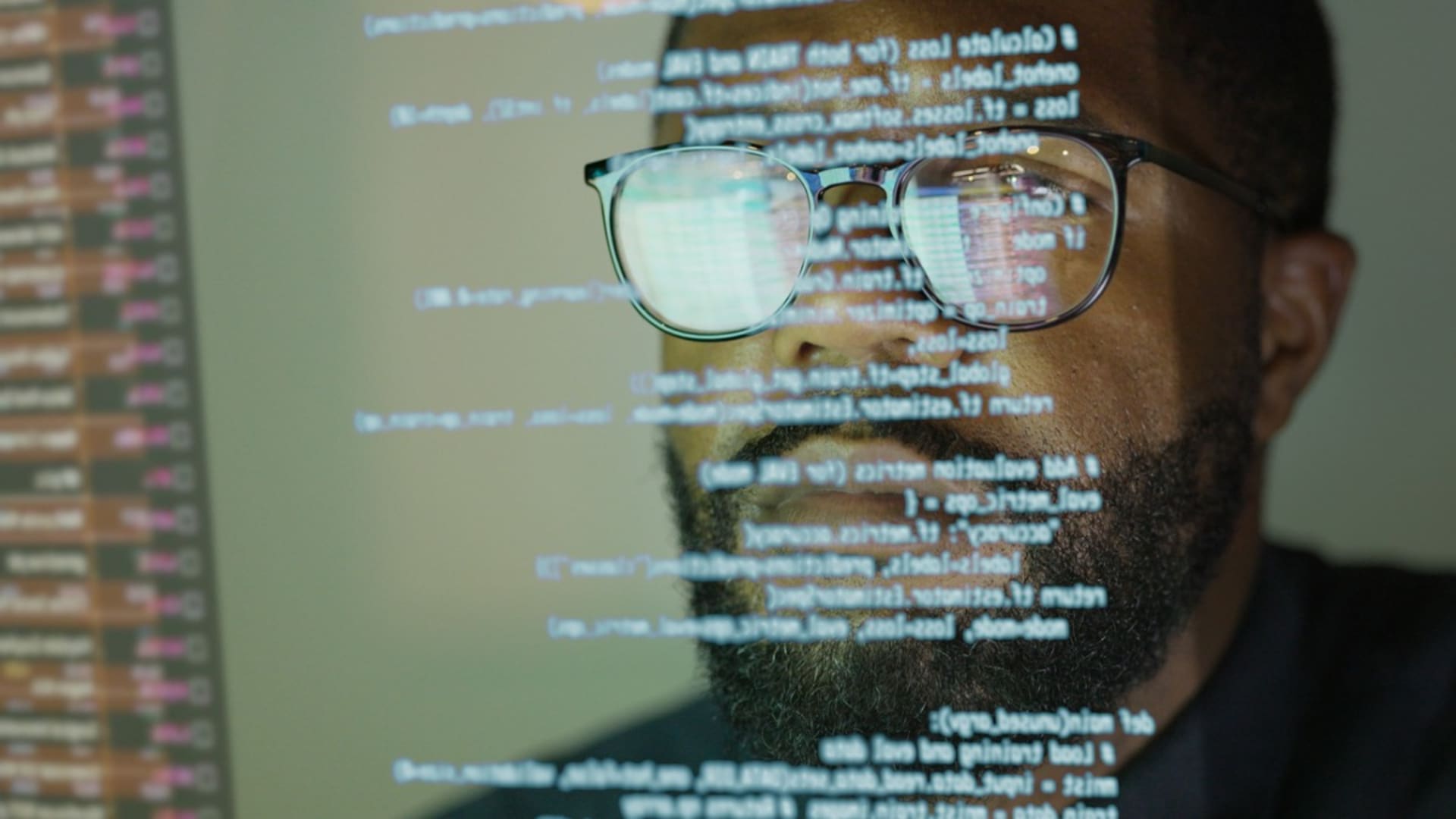Unlock the language of Ethereum contracts! Dive into Solidity, its unique features, and how it powers decentralized applications on the blockchain.

Solidity is object-oriented, high-level, and statically typed. It supports inheritance and targets the Ethereum Virtual Machine (EVM) – the core of Ethereum – although it is cross-platform. Along with JavaScript, the Solidity programming language has influences from languages such as Python, C++ and several others.
Solidity's commonalities with JavaScript have contributed to the younger language's success – both are high-level languages that are not overly complex and reflective of the English language, and are easy to adopt for those familiar with the older language .
Solidity is also constantly evolving. There are frequent new releases, bug fixes, and improvements, providing a better experience for new and experienced Solidity developers.
What is solidity programming?
Before diving into the specifics of Solidity programming, it's important to understand smart contracts and what they mean. These tools have been fundamental in promoting an environment where parties can facilitate transactions without the need for a centralized institution or intermediary, thus automating the process. They are stored on the blockchain.
Smart contracts can take different forms and apply to various niches, such as crowdfunding, trading, voting, investing, lending, blind auctions, property exchanges and digital identification.
Smart contracts are responsible for reconceptualizing and revising the nature of how we transact – which is why Solidity developers are so sought after. The language is widely considered the tool for building and deploying smart contracts. Decentralized applications (dApps) rely on smart contracts.
How to Get Started with Solidity Programming
Given the growing importance of Solidity, it's natural to wonder how you can learn and start working with the language. The demand for developers who know how to use Solidity is high, so it's a tool worth understanding. It's the best way to get started with blockchain, which has more and more applications these days.
As with most popular programming languages, there are many courses you can take on platforms like Udacity, Udemy, Coursera, LinkedIn Learning, and similar platforms. There are several additional features and developer tools available as well. You can even earn certifications in this area, which can increase your chances of getting a job as a Solidity developer.
If you are a strong entrepreneur, you can also try to learn Solidity on your own. This should be quite simple if you are already versed in languages like JavaScript. And if you can pace yourself and understand technical concepts easily, you'll have an advantage when learning the language.
Of course, it's important to remember that the learning curve is different for everyone and depends on your familiarity with other programming languages, your experience with software development, your skills, and other factors. You must also be familiar with blockchain technologies .
There is a lot of documentation to read, which will help you understand the inner workings and behind the scenes of the language.
Once you understand Solidity, you should experiment with projects. This is true for any programming language, of course – you need to constantly experiment with the language and create new things if you want to become a more advanced developer with the tool. Contributing to smart contract projects is essential to becoming an expert in the field.
The good news is that there are many careers for Solidity developers, so if you become a strong programmer with the language, you will have no shortage of opportunities. And if you're already an experienced software developer, adding Solidity to your arsenal will inevitably make you a more marketable professional.
Solidity Developer Skills
As with most other programming languages, the Solidity programming language requires a series of technical – basic – and social skills to use the tool effectively.
To get started, you'll need to have a solid understanding of the Ethereum blockchain – and blockchain as a concept in general, including what it is, how it works, its architecture and how it's important for smart contracts, and more. It's helpful if you've worked in the blockchain space and understand the intricacies of associated topics and concepts, such as cryptography and user experience (UX) design.
You must also have experience working with other programming languages, particularly JavaScript. Your knowledge of languages will make it easier to understand the fundamentals of the Solidity programming language. You must also be eager to learn new concepts in the field of development.
A solid understanding and work experience in cybersecurity is also important. All blockchain-related skills require a close eye on safety and security, considering the sensitivity of the material you are working with.
A Solidity developer must also have certain soft skills and competencies. Among others, they include:
- Project management
- Collaboration and teamwork in cross-functional and distributed teams
- Verbal and written communication
- Problem solving and critical thinking
- Risk management




















































